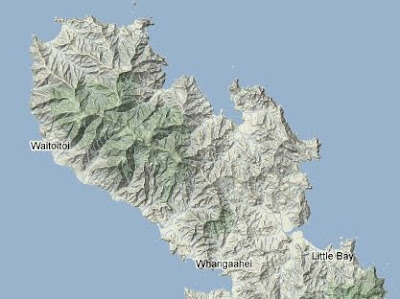Day 1: It took a while to get ourselves together in the van to leave Tuateawa. On the way, we stopped in Thames for some errands, then continued the drive down to the middle of the North Island. We hastily make camp at 11:00 p.m.
Day 2: We hastily break camp in the morning when a ranger kindly alerted us to the actual location of the campsite. We parked the van at Whakapapa Village and set off into the park toward Taranaki Falls.
The first portion of the hike was pretty easy and relatively flat. Very enjoyable.
We had awesome views of Ngauruhoe the entire time. Here she is, next to the Upper Tama Lake.
The second portion of the hike was a little more tiring, as we had to climb a long ridge, then traverse it while the wind was whipping around us. Unfortunately, we then had to descend the ridge, then climb another to get to our campsite right at the base of the mountain.
The campsite was pretty sweet. The views were great, although it was extremely windy. I probably wouldn't camp there again; instead, I'd choose a more sheltered spot. Regardless, I'm not going to include a map of our approach, our campsite, or our ascent line. Right now, most hikers on the Tongariro Crossing take a completely different approach, and we'd like to keep it that way!
In the evening, I experienced the most amazing sunset I've ever seen in my entire life. We were above the clouds... could see Mt. Taranaki peeking through, in the distance... the colors were otherworldly. Nothing beats this...
...except this: while watching the sun set in the west, I turned around and saw the nearly full moon rising over Ngauruhoe.
This world is one great dewdrop, indeed.
P.S. Summit day(s) and more coming up later. Stay tuned!
